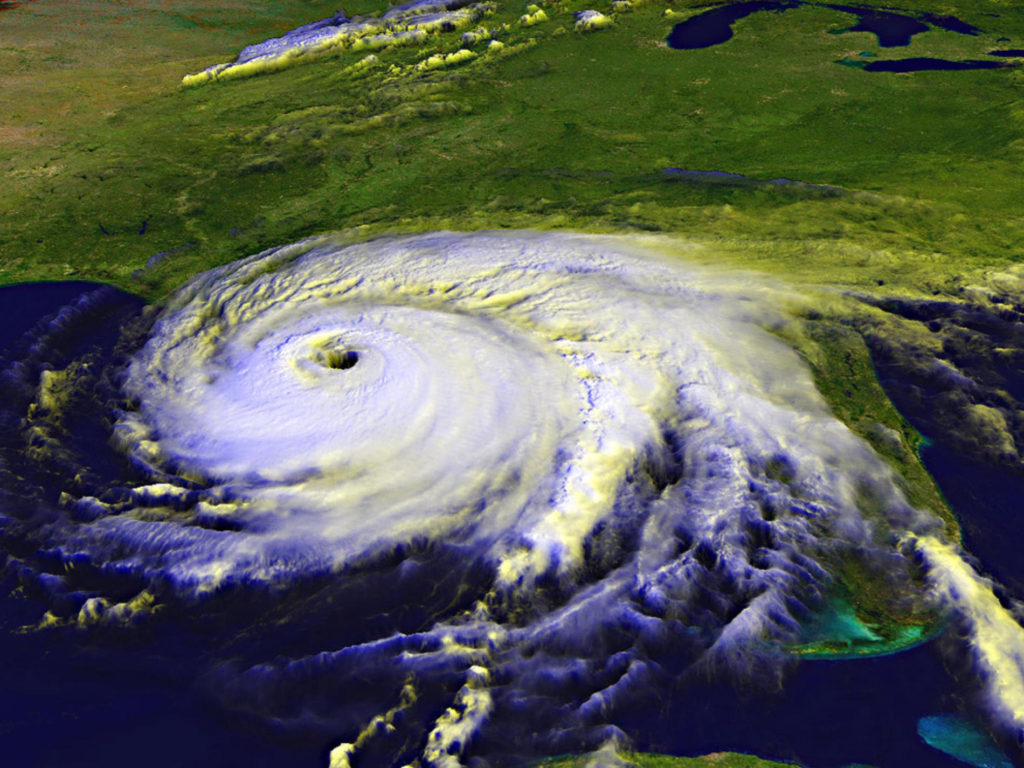Hurricane season begins June 1 and it is essential to know how to prepare for a hurricane. Keep this as your guide for getting hurricane ready.
Preparing Your Home
Should a serious storm hit where you are instructed to leave your home it is important to know your Evacuation Zone. Evacuation or not it is still important to prepare your home for a tropical storm. First off you want to brace your garage doors, most hardware/home goods stores will have retrofit kits available to help. Shuttering your windows with any commercially available product or with a minimum of 7/16” exterior plywood is also important. If you have a Gable End roof, one that has two slopes that form a peak at the top, brace it. Techniques and ideas for bracing can be found here.
ADVERTISEMENT
Preparing Your Car
Throughout the entirety of hurricane season, from June 1 through November 30 it is essential to have your tank half filled with gas at all times. Roadside assistance may not available so having an emergency kit for yourself including Jumper cables, a gas canister, Tool Kit, Tire Jack, Flashlight with batteries, Radio with batteries, Blanket, First aid kit, as well as Motor oil. Also, of course, keep items such as water, and non-perishable food items in the car as well.
Keeping Your Pet Safe
Don’t forget about keeping your furry friend safe in the event of a tropical storm. Make sure they have food, water, an ID collar, medications if necessary, and consider getting them microchipped as well. You can read more about preparing with your pet here.
Sandbags
Sandbags are helpful to prevent damage that would otherwise occur. Be sure to place up to 20 in your car to prevent it from going airborne in strong winds. Read Tampa’s locations for sandbag pickup here. Sandbags are only available after an emergency declaration has been made by officials. You are also encouraged to place them on furniture or other large machinery.
After The Storm
After the storm is over if you evacuated be sure to wait for an official’s okay before re-entering the area. Avoid drinking or cooking with water from the tap until it is cleared from all contamination, be prepared for additional rainfall even after the storm has ended, and try to avoid driving if you can especially if powerlines and traffic lights are damaged.
Tips To Know:
- Do not drive through flooded areas; street flooding can conceal many hidden dangers
- Do not wade through flooded water
- Stay away from electrical lines
- Watch out for unseen hazards
- Hurricane winds can cause trees and branches to fall, so before hurricane season trim or remove damaged trees and limbs to keep you and your property safe.
- Be alert for animals such as snakes, insects, and loose dogs
- Obey all evacuation notices
- Secure loose rain gutters and downspouts and clear any clogged areas or debris to prevent water damage to your property.
- Do not approach electrical lines
- Turn off your household electricity
- Check for gas leaks (if you have this utility)
- Purchase a portable generator or install a generator for use during power outages. Remember to keep generators and other alternate power/heat sources outside, at least 20 feet away from windows and doors and protected from moisture; and NEVER try to power the house wiring by plugging a generator into a wall outlet.
Additional Resources:
City of Tampa Important Phone Numbers
Ready.gov Hurricanes
Division of Emergency Management
City of Tampa
In-Depth Preparation
American Red Cross Safety Checklist
Image courtesy of Nationla Geographic
ADVERTISEMENT























